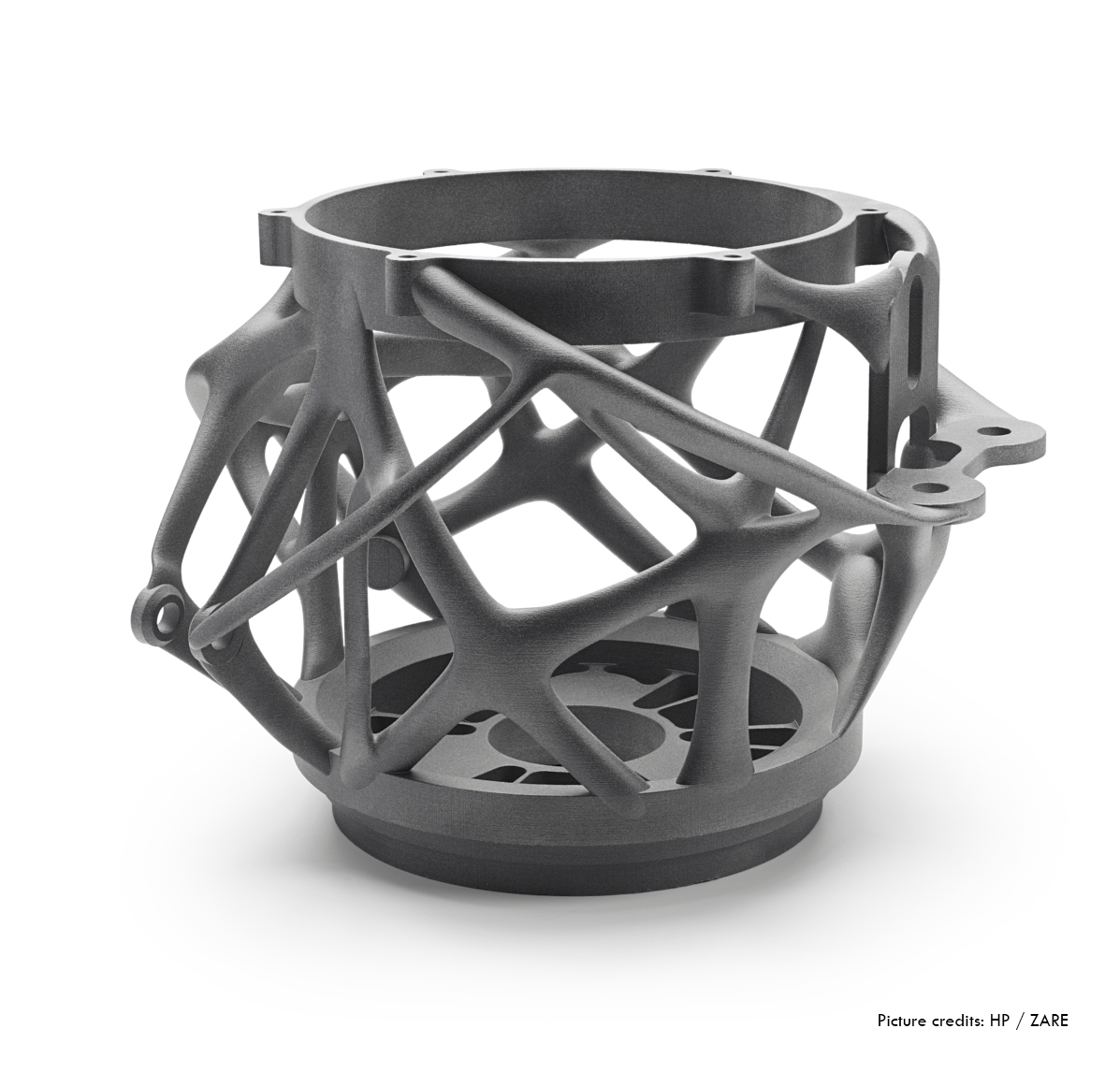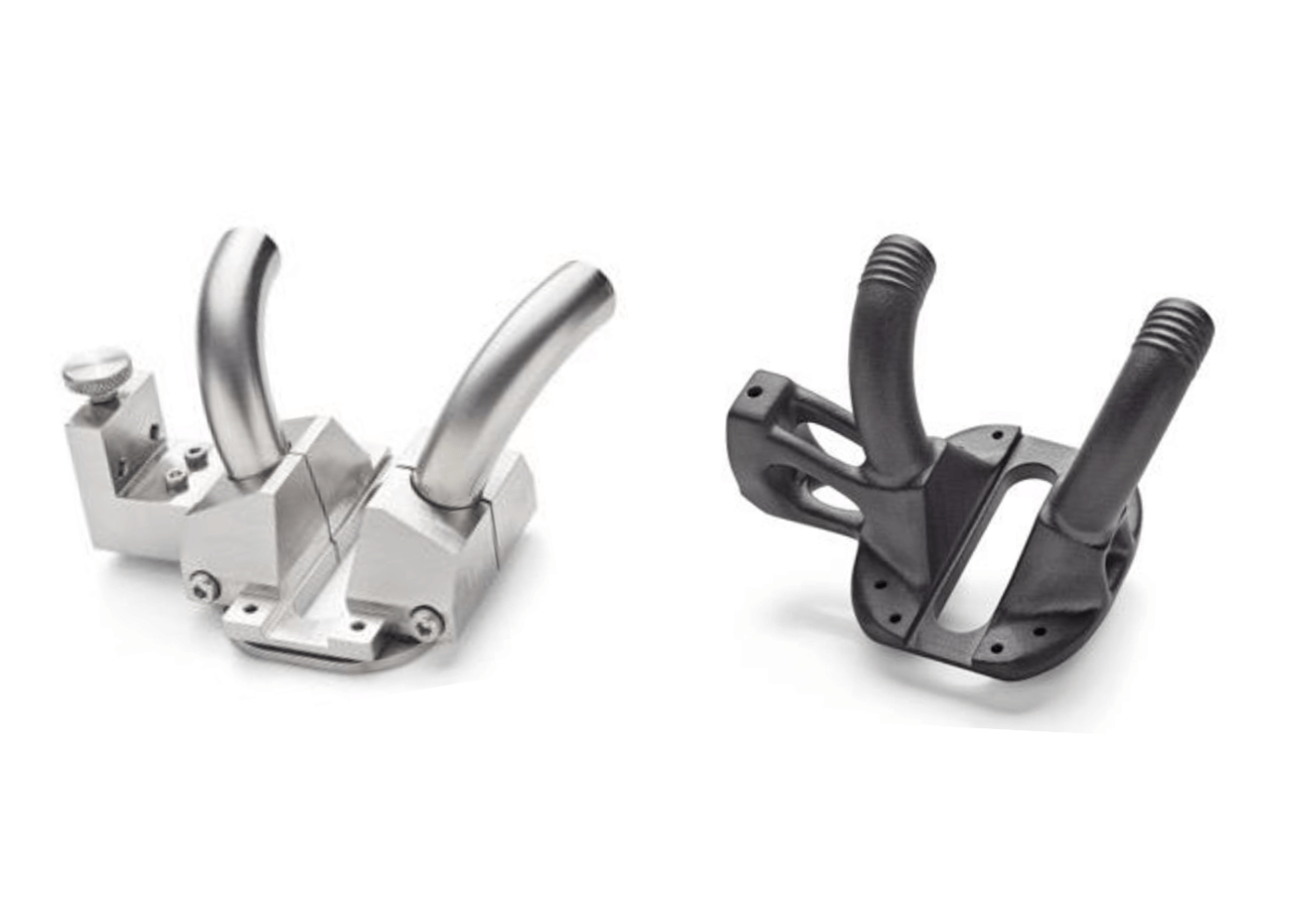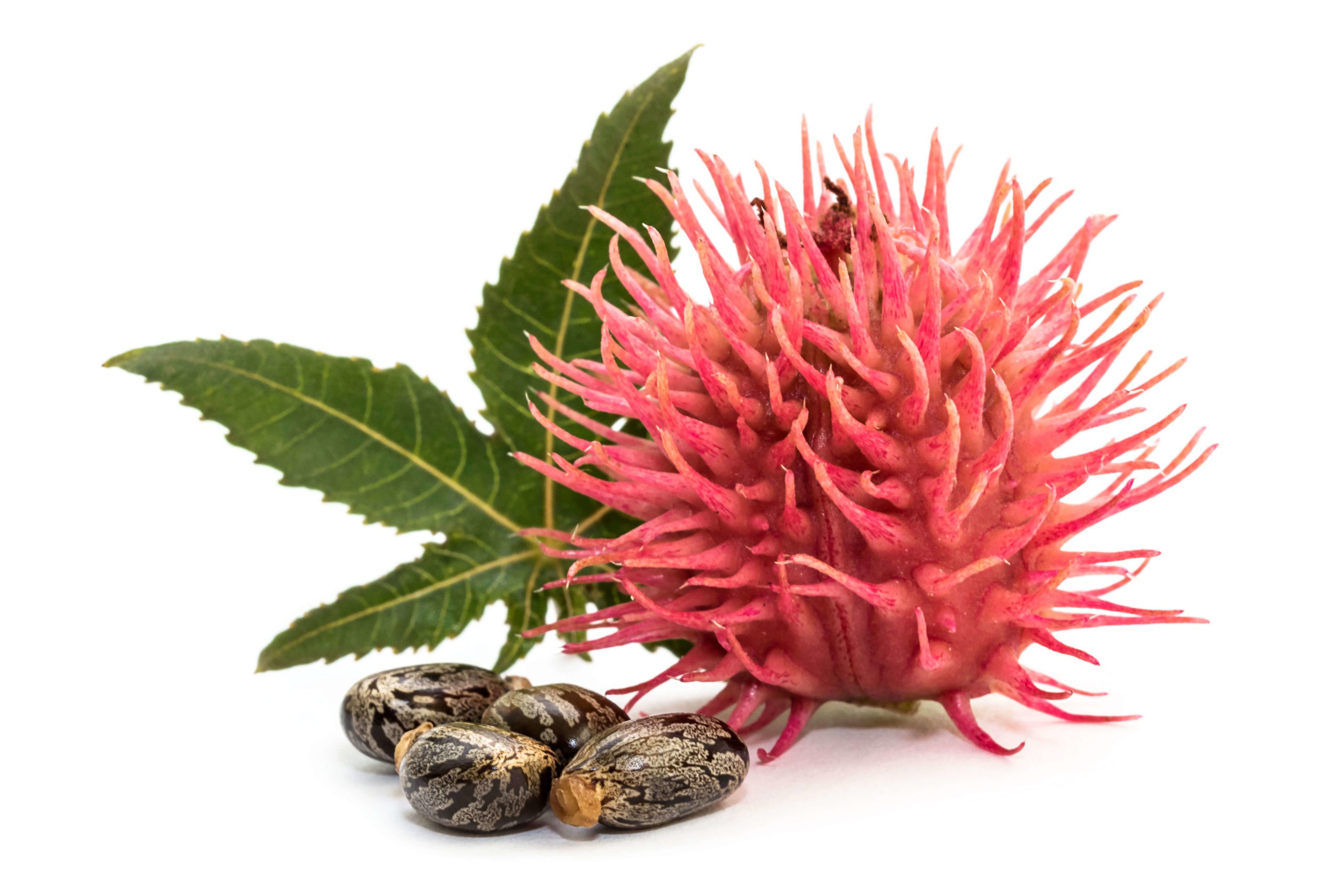Improving the sustainability of parts with 3D printing
Tips for making your parts more environmentally friendly
The question of improved sustainability and more environmentally friendly solutions is becoming increasingly urgent in all areas of life. Of course, this also applies to the industrial sector. 3D printing offers a number of possibilities with which the sustainability of parts can already be considered and implemented during design and material selection. In the following, we would like to give you an overview.
Please note that this article is not intended as a general assessment of the sustainability of 3D printing or any other manufacturing process. We would merely like to give you some tips on how you can make your parts more environmentally friendly.
More sustainability through design adjustments
Additive manufacturing offers completely new possibilities for the design of parts compared to conventional manufacturing methods. Since 3D printing builds up objects layer by layer, even complex geometric structures can be produced relatively easily. This design freedom can also help to make parts as sustainable as possible. The main factors here are the reduction of material and the associated reduction of weight. In the following, you will find some tips that you can already apply during the design phase in order to achieve this. In addition to the positive effect on the environment, material savings in 3D printing are usually accompanied by lower costs, which is why observing the following points can even be doubly worthwhile:
1. Material savings
One way in which material can be saved very effectively is by reducing wall thicknesses. Especially in areas where the mechanical load is low, this can be implemented quite easily However, in order to guarantee the stability of the part, you should ensure that the wall thickness is not less than 1.0 mm and refrain from reducing it in areas with high loads.
Furthermore, you can make sure to avoid voluminous areas when designing parts for 3D printing. When manufacturing parts using conventional processes, this is usually done by removing material from a block-shaped starting material until the desired shape is achieved. If a lot of material has to be removed in the process, this usually involves higher costs, which is why more voluminous parts are often less expensive.
However, since in additive manufacturing parts are built up by adding material, a different approach can already be taken to the design here. Voluminous areas can thus either be eliminated from the outset, or, if this does not lead to the desired stability, they can be replaced by stiffening structures. In the case of the latter, however, you should ensure with the powder-based MJF and SLS processes that openings to closed elements are present so that the excess powder can be removed after printing.

2. Topology optimization
In order to make parts more sustainable, it can also be worthwhile to take a look at nature and use it as a model for the design. To a certain extent, this is what happens in topology optimization. In this process, an optimum part geometry is generated with computer support by using intelligent algorithms and specifying various framework conditions, such as the forces acting on the component. This results in special structures, each optimized for a specific application, such as extreme lightweight construction. This method can be used to reduce the material required very effectively, but it usually also demands costly additional software.

3. Part consolidation
Additive manufacturing makes it possible to design and produce parts directly as a single part, which in other processes have to be manufactured as assemblies from several individual parts. This is feasible because complex geometries, such as overhangs and channels in parts, can be easily implemented in 3D printing.
This so-called "consolidation" of parts saves the production of several manufacturing tools that other manufacturing methods require for the individual parts, as well as the use of fastening elements and, in turn, the associated material and weight.
Sustainability in material selection
In addition to a more sustainable design of parts, the choice of materials can also help to make 3D printing environmentally friendly. Particularly with the powder-based HP MJF process, PA12, for example, is a material where up to 80% of the unused powder can be reused. There is also a selection of materials that are derived from renewable resources and are biodegradable. Below you will find an overview of all the materials and their respective properties and areas of application that are available from us for this purpose:
PA12 in the HP MJF process:
HP's "High Reusability PA12" makes it possible to reuse up to 80% of the excess powder after production. This gives this material the highest reusability compared to any other powder-based 3D printing technology using PA12. The material also has a very balanced property profile as well as high stability and impact resistance, making it ideal for functional parts and prototypes.

PA11 in the HP MJF process:
Polyamide 11 is based 100% on renewable raw materials. This is castor oil, which is obtained from the seeds of the African miracle tree "Ricinus communis".
The material is characterized by very high toughness and is both strong and flexible. At the same time, it retains these properties over a wide temperature range from 40 to 130°C. Since PA11 cracks rather than splinters in the event of breakage, it is particularly important in the automotive industry.
PLA in the FDM process
PLA belongs to the group of polyesters and is obtained from regenerative sources, such as corn starch, which makes it biocompatible. However, it should be noted that pure PLA is not usually used in 3D printing It is often enriched with additives to obtain a specific property profile.
Basically, the material is characterized by excellent properties such as high tensile strength, surface hardness and stiffness. It can only be used to a limited extent for applications with higher thermal input. It is used, among other things, for prototypes or large parts, as it also exhibits little distortion.
Green-TEC Pro in the FDM process
The basis for this material is a biopolymer, making Green-TEC Pro both food-safe and compostable as well as CO2 neutral verified.
Its slight flexibility and associated high impact strength make the material ideal for technical and mechanical applications. It also features good temperature resistance and has a slightly matte surface, making the individual layers less visible.
For more details on the materials listed above and all our materials, please visit our materials page. If you need assistance in choosing the right material for your application, please feel free to contact us.